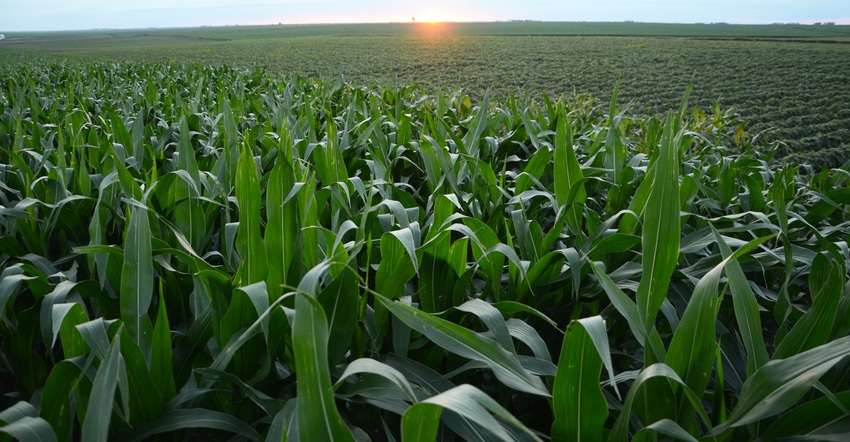August 13, 2019

There has long been a focus on sustainability in agriculture. Sometimes groups co-opt that word to mean something other than approaches that lead to the long-term sustainability of your farm. Yet today, farmers have more information on how their practices can boost the soil health, water quality and long-term success of the operation than ever before. The challenge is pulling that all together into one place and putting the information to work.
In 2018, Land O’Lakes launched the Truterra Insights Engine, a kind of sustainability digital dashboard that can help you evaluate a lot of tactics on your farm from both a sustainability and profitability approach. Land O’Lakes started down this path with Land O’Lakes Sustain, its business unit launched in 2016 to focus on stewardship, and the Truterra Insights Engine is a recent tool that builds on that work.
“We’re a 100-year-old cooperative owned by farmers and their trusted advisers, ag retailers, and we’re proud of that heritage as well as the Land O’Lakes network that reaches about half of U.S. harvested acres,” says Matt Carstens, senior vice president, Land O’Lakes Sustain. “Land O’Lakes Sustain really ties that network together, and we’re focused in on how we help farmers, through their ag retailers, in coming up with a balance between economics and the environment.”
The Truterra Insights Engine leverages agronomic and technical capabilities from several contributors to build value across the supply chain, Carstens says. The system involves collaborations with USDA’s Natural Resources Conservation Service, and sustainability metrics from Field to Market and its Fieldprint platform. It ties into major private-sector commitments including Walmart’s Project Gigaton.
Carstens explains that the system can measure practices on your farm and help quantify their value to the environment and the farm’s sustainability. “You can take a deeper look at a field-by-field basis, or even an acre or sub-acre level,” Carstens says. “The system can look at the economics or profit of a practice and how to balance that with the environment.”
He acknowledges that there is a delicate balancing act to the art and science of farming. The tool not only allows farmers to analyze what they’re doing, but it also allows the farmers to look ahead at various approaches to gauge their benefit to the farm. “They can take what they did in 2019 and start to look at 2020 and 2021. What happens if they change tillage, what happens if they use cover crops, split-apply nitrogen or even use a nitrogen stabilizer?” he asks. “This system takes that information and looks at outcomes for those practices from an economic and environmental approach.”
Data and conservation at work
While sustainability is about doing a better job of farming the land, Land O’Lakes entered into a different kind of partnership that also helps power the effort. In February, the cooperative launched a working lands collaboration with Pheasants and Quail Forever. In fact, Carstens says the Truterra Insights Engine is helping identify marginal land or land that shouldn’t be farmed, when analyzed with an eye toward both profit and the environment.
Carstens admits that he delayed calling Pheasants and Quail Forever back on its first contact — but as the Truterra Insights Engine came online, the opportunity to work alongside the conservation organization became apparent: The Insights Engine could help identify 1-, 20, 5- or 6-acre patches in fields that shouldn’t be farmed and might make more sense for a farm’s profit potential in a conservation practice.
“It’s just bred into us that if we paid rent for it or we own it, we should farm it,” he says. “But if you look at it from a whole-farm perspective with this technology, you see that in some cases, putting that ground into CRP [Conservation Reserve Program] habitat or space for pollinators, it can raise profit.”
He’s quick to point out that the cooperative isn’t recommending taking land out of production when it’s not financially beneficial to the farm. “With the Truterra Insights Engine, you can look at each field or acre through another lens of profitability and economics for the environment.”
Concludes Carstens: “At the end of the day, agriculture is on a journey, and every farm has some uniqueness to it. Farmers are independent businesspeople, and they’re working these lands to run their own business. The path to our success is getting to an understanding through agriculture, from farmers to cooperatives to processors, that we have to turn our attention to the consumer. What does the consumer want to us to change, and how is that good for agriculture, starting with the farmer?”
You can learn more about the Truterra Insights Engine at truterrainsights.com.
About the Author(s)
You May Also Like






